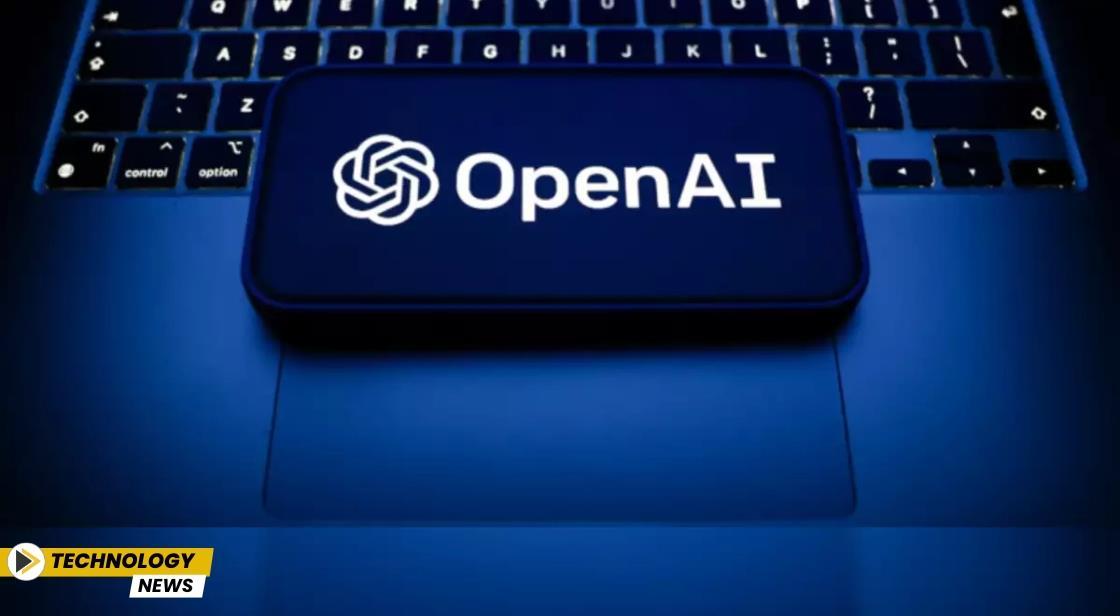GPT-5 Brings Back Model Picker with Auto, Fast, and Thinking Modes

News Synopsis
OpenAI’s latest flagship release, GPT-5, was introduced with a bold promise — to deliver a streamlined and unified ChatGPT experience. The company positioned GPT-5 as an all-in-one AI model, using a sophisticated model router to automatically choose the most suitable AI response for any user prompt.
OpenAI CEO Sam Altman had previously voiced his dislike for the old model picker menu, describing it as cumbersome, and OpenAI envisioned GPT-5 eliminating the need for it entirely.
However, reality has played out differently.
Model Picker Makes a Comeback
Despite the original plan for a single, fully unified model, “the model picker has returned, now offering new settings called Auto, Fast, and Thinking.”
-
Auto Mode: Functions similarly to GPT-5’s router, automatically selecting the best AI model for the task.
-
Fast Mode: Allows users to prioritise speed over depth.
-
Thinking Mode: Lets users opt for slower, more analytical responses.
This reintroduction reintroduces the complexity OpenAI initially sought to remove — but it also offers greater flexibility to users.
What Paid Users Can Expect
Premium ChatGPT subscribers now have access to multiple legacy AI models: GPT-4o, GPT-4.1, and o3.
-
GPT-4o is available in the model picker by default.
-
GPT-4.1 and o3 can be enabled through ChatGPT’s settings.
Altman also revealed that OpenAI is working on enhancing GPT-5’s personality, aiming for a warmer, more human-like interaction style without the quirks of previous generations. Future updates will also prioritise personalised AI personalities, giving users more control over tone and style.
Mixed Reactions from the AI Community
The GPT-5 rollout has sparked mixed reactions. The temporary removal of GPT-4o and other models prompted backlash from long-time users attached to their favourite AI responses.
On launch day, some users expressed disappointment with the router’s performance, leading Altman to address concerns in a Reddit AMA session. OpenAI acknowledged that routing prompts to the right model remains a complex challenge — balancing accuracy, speed, and user preferences.
Why Model Attachment Matters
“Human attachment to specific AI models adds another layer of complexity. Users may prefer certain models for their verbosity, tone, or ability to provide contrarian responses.”
The emotional connection between users and AI has even reached extremes — for example, hundreds attended a “funeral” for Anthropic’s Claude 3.5 Sonnet model when it was discontinued. Such events underscore AI’s growing influence on human behaviour and the importance of thoughtful design and alignment.
Ongoing Improvements and the Road Ahead
OpenAI is actively refining both GPT-5 and the model picker to find the right balance between performance, speed, and personality customisation.
Nick Turley, VP of ChatGPT, praised the team’s rapid updates and said the experience would continue improving over time. The inclusion of multiple model options ensures users can retain familiarity while exploring GPT-5’s new capabilities.
The GPT-5 journey highlights a broader truth: creating a one-size-fits-all AI is a massive challenge. OpenAI’s evolving approach reflects both technological hurdles and changing user expectations.
As improvements roll out, the ultimate goal remains clear — an AI that adapts intelligently to individual preferences while staying fast, responsive, and engaging.
Conclusion
The rollout of GPT-5 underscores the evolving relationship between AI technology and its users. OpenAI’s initial goal of a fully unified AI experience met with practical challenges, leading to the reintroduction of the model picker in a more flexible form with Auto, Fast, and Thinking modes.
While some users welcome the ability to choose models that align with their personal preferences, others remain attached to legacy models like GPT-4o, GPT-4.1, and o3, highlighting the deep emotional connections people can form with AI personalities.
Technical complexities in routing prompts effectively, combined with varied user expectations for tone, speed, and depth, have made a one-size-fits-all solution difficult to achieve.
By continuing to refine GPT-5’s personality, performance, and customisation features, OpenAI aims to balance innovation with familiarity, ensuring that its AI evolves in a way that is both responsive to individual needs and capable of delivering a consistently engaging experience.
You May Like









